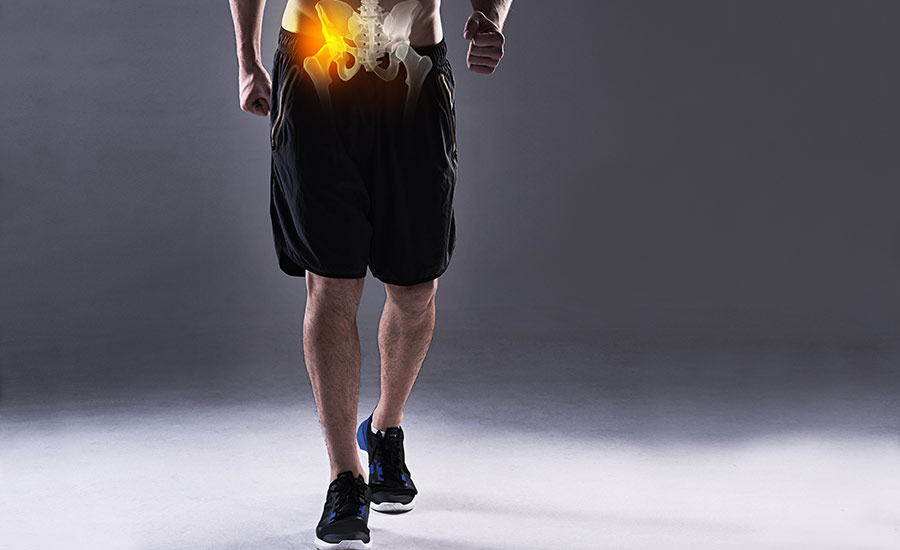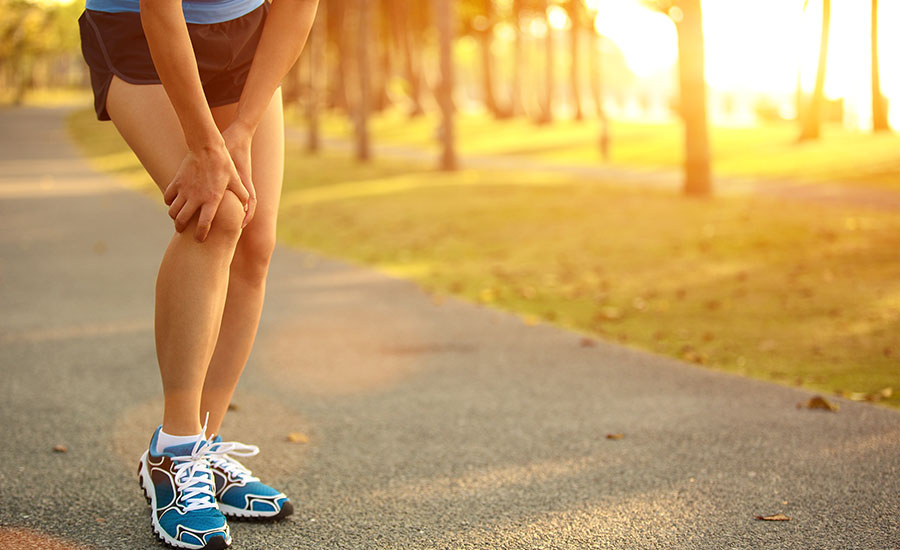
Whether you’re a professional athlete, weekend warrior, or simply a fan of staying active, sports medicine injuries can strike when you least expect it.
In the United States alone, medical care is sought each year for 3.5 million sports-related injuries among youth under the age of 15 during sports practice.
From a mild sprain to more serious conditions like fractures, sports injuries can hinder athletic performance, but also impact quality of life.
We’ll share the most common types of sports medicine injuries and how they occur, plus share treatment options that can help with pain management and get you back in the game.
What Are Sports Medicine Injuries?
Sports medicine injuries refer to the physical injuries that commonly occur during sports or exercise activities. These injuries can range from mild to severe, and can affect bones, muscles, tendons, ligaments, and other soft tissues.
Sports injuries can result from acute trauma, such as a sudden fall or collision, or develop over time due to muscle overuse, strain or poor technique.
Sports medicine injuries include:
- Acute injuries: These happen suddenly and include sprains, strains, fractures, dislocations, and concussions.
- Overuse injuries: These develop gradually over time and can include conditions like tendonitis, shin splints, and stress fractures.
- Chronic injuries: These are long-standing problems that may result from previous injuries or ongoing issues such as arthritis or chronic muscle strain.
- Repetitive strain injuries: These injuries occur when the same set of muscles is used repeatedly without adequate rest, leading to strain or stress injuries.
- Heat-related illnesses: This includes conditions like heat exhaustion and heat stroke, occurring from intense exertion in hot and humid conditions without proper hydration and cooling.
- Traumatic brain injuries: These injuries include concussions and other brain injuries that can occur in contact sports.
- Specialized injuries: Certain sports are associated with specific injuries, such as tennis elbow in tennis players or swimmer’s shoulder in swimmers.
How Do Sports Injuries Occur?
Sports medicine injuries are often caused by the demands and risks associated with specific sports or physical activities.
The most common areas on the body for sports injuries include the ankle, elbow, knee, head, back, shoulder and Achilles tendon,
Here’s an overview of how sports injuries occur:
Trauma
Traumatic injuries in sports medicine refer to injuries that occur suddenly and are usually associated with a specific event or mechanism of injury.
The most common traumatic injuries include:
- Direct impact: Being struck by an object or colliding with another player can lead to fractures, dislocations, or bruises.
- Falls: Slipping or falling can cause sprains, strains, or even broken bones.
- Sudden twisting: Sudden changes in direction or awkward landings may result in ligament sprains or tears — especially in the knees or ankles.
Overuse
Overuse injuries occur when a specific set of muscles, tendons, ligaments, or bones are used repetitively without adequate time for recovery,
Overuse injuries occur due to:
- Repetitive stress: Performing the same motions repeatedly without enough rest can lead to stress fractures, tendinitis, or other overuse disorders.
- Lack of recovery time: Failing to allow proper recovery between strenuous activities may contribute to chronic or overuse injuries.
- Improper technique: Incorrect form or technique can lead to stress on specific body parts, contributing to overuse injuries.
Environmental Factors
Environmental factors can play a significant role in the occurrence and severity of sports medicine injuries.
These include:
- Playing surface: An uneven or hard playing surface may increase the risk of injuries such as sprains or strains.
- Weather conditions: Extreme heat can lead to heat-related illnesses, while cold and wet conditions might increase the risk of muscle strains.
- High altitude: Training or competing at high altitudes can affect oxygen availability, potentially leading to altitude sickness.
Improper Equipment or Safety Measure
The use of improper equipment and failure to adhere to safety guidelines can increase the risk of injury.
Sports medicine injuries occur because of:
- Inappropriate equipment: Using ill-fitting or inappropriate equipment can lead to injuries. For example, running in poorly cushioned shoes may increase the risk of shin splints.
- Lack of protective gear: Failing to use recommended safety equipment, such as helmets or padding, can result in more serious injuries during a collision or fall.
- Improper equipment maintenance: Poorly maintained or damaged equipment can lead to unexpected injuries.
Biomechanical or Physiological Factors
Biomechanical and physiological factors can also contribute to sports injuries.
These include:
- Pre-existing conditions: Individuals with previous injuries or certain medical conditions may be at higher risk for new or recurring sports injuries.
- Fitness level: A lack of fitness or physical preparation can contribute to injuries, as the body may not be conditioned to handle the demands of the activity.
- Age and gender: Certain injuries may be more common in specific age groups or genders, due to differences in anatomy, hormones, or activity patterns.
Improper Training or Coaching
Improper training or coaching can lead to a variety of sports medicine injuries.
Injuries can occur due to:
- Inadequate warm-up: Failing to properly warm up before activity can increase the risk of strains and sprains.
- Poor training practices: Lack of proper guidance, training intensity, or gradual progression can lead to both acute and chronic injuries.
- Poor nutrition and hydration: The lack of proper nutrition and hydration can have wide-ranging negative effects on an athlete’s ability to perform and recover.
- Excessive training: Pushing yourself too hard and without adequate recovery, especially without proper conditioning, can lead to various injuries
- Lack of proper training and supervision: Improper training or lack of supervision by knowledgeable coaches or trainers can lead to both acute and chronic injuries in young athletes.
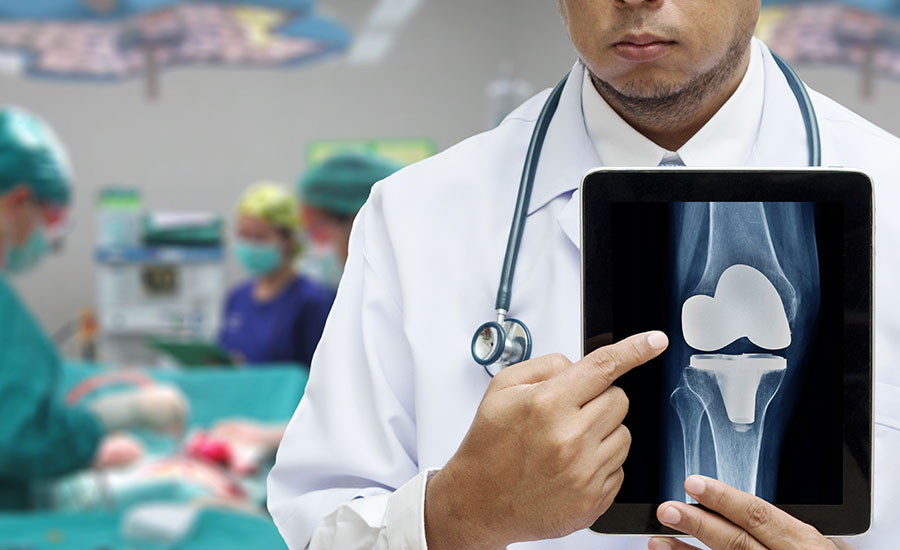
The Most Common Sports Medicine Injuries
Sports medicine injuries are common among athletes, but also among those who engage in physical activities off the field.
The most common sports medicine injuries include:
- Sprains and strains: The most common sprain is an ankle sprain and it occurs when the ligaments that support the ankle stretch or tear. An ankle sprain can cause pain, swelling, limited motion and instability. Research shows that ankles are one of the most injured body parts in general. Another common strain is the hamstring strain, which occurs as a tear or stretch in the muscles along the back of the thigh. It can cause pain, swelling, and difficulty moving the leg.
- Stress fractures: Stress fractures are microfractures in the bone due caused by repetitive stress, commonly found in the legs and feet of runners. Pain typically increases with activity and decreases with rest.
- Knee injuries: Anterior cruciate ligament (ACL) tears and meniscus tears are the most common types of sports medicine knee injuries. The ACL in the knee can tear with a sudden twist or change in direction, often requiring surgery and extensive rehabilitation. A meniscus tear is caused by damage to the cartilage cushion in the knee, causing pain, swelling, and stiffness.
- Shin splints: Shin splints cause pain along the shinbone often due to overuse, improper footwear, or running on hard surfaces. It’s common among runners and can be managed with rest, ice, and proper footwear.
- Achilles tendon injuries: Achilles tendon injuries are caused by inflammation or tearing of the tendon that connects the calf muscles to the heel. Symptoms include pain, stiffness, and a snapping sensation.
- Rotator cuff injuries: Rotator cuff injuries are caused by tears or inflammation in the shoulder muscles and tendons, leading to pain, weakness, and decreased range of motion.
- Tennis elbow: Tennis elbow injuries are cause by inflammation of the tendons in the elbow due to overuse, causing pain and tenderness on the outer part of the elbow.
- Golfer’s elbow: Similar to tennis elbow but affects the inner part of the elbow. Pain and stiffness may extend into the wrist and forearm.
- Concussions: Concussions are mostly caused by a traumatic brain injury resulting from a blow to the head, leading to symptoms like headaches, dizziness, confusion, and memory problems.
- Dislocations: Joints forced out of position due to trauma. Commonly seen in shoulders and fingers, causing intense pain and deformity.
- Groin pull: Groin pulls are mostly strains in the muscles of the inner thighs, resulting in pain and swelling. Commonly seen in sports requiring sudden side-to-side movements
- Plantar fasciitis: Inflammation of the thick band of tissue at the bottom of the foot, causing heel pain and stiffness
- Heat-related injuries: One of the most common heat-related injuries are heat exhaustion and heat stroke. Symptoms for heat exhaustion include heavy sweating, weakness, and nausea. Heat strike is a more severe condition with symptoms like high body temperature and altered mental state, requiring immediate medical attention.
How Are Sports Medicine Injuries Treated?
As sports medicine injuries can vary greatly in severity and type, treatment depends on the specific injury and the patient.
However, here’s a general overview of how these types of injuries are commonly treated:
- Rest, Ice, Compression, Elevation (RICE): A treatment strategy that focuses on rest, ice to reduce swelling, compression with bandages, and elevation of the injured area.
- Physical therapy: A rehabilitation program involving exercises and therapeutic techniques to restore strength, flexibility, and function.
- Medication: The use of pain relievers and anti-inflammatory drugs to manage pain and inflammation under medical guidance.
- Surgery: Required for severe injuries, followed by a structured rehabilitation program.
- Immobilization: Utilizing casts, splints, or braces to keep an injured area stable and promote healing.
- Corticosteroid injections: Used to reduce inflammation, often in conjunction with other treatments.
- Heat and cold therapy: Cold packs for acute swelling, and heat therapy for chronic conditions to stimulate blood flow and relax tissues.
- Electrical stimulation and ultrasound: Techniques used in physical therapy to promote healing and reduce pain.
- Athletic taping and bracing: Supporting injured muscles and joints through taping and bracing during recovery.
- Hydration and nutritional support: Ensuring proper hydration and nutrition to support overall recovery.
- Education and counseling: Providing guidance on prevention, proper techniques, and equipment to minimize the risk of future injuries.
- Alternative therapies: Includes approaches like acupuncture and chiropractic care, which may be integrated into the overall treatment plan.
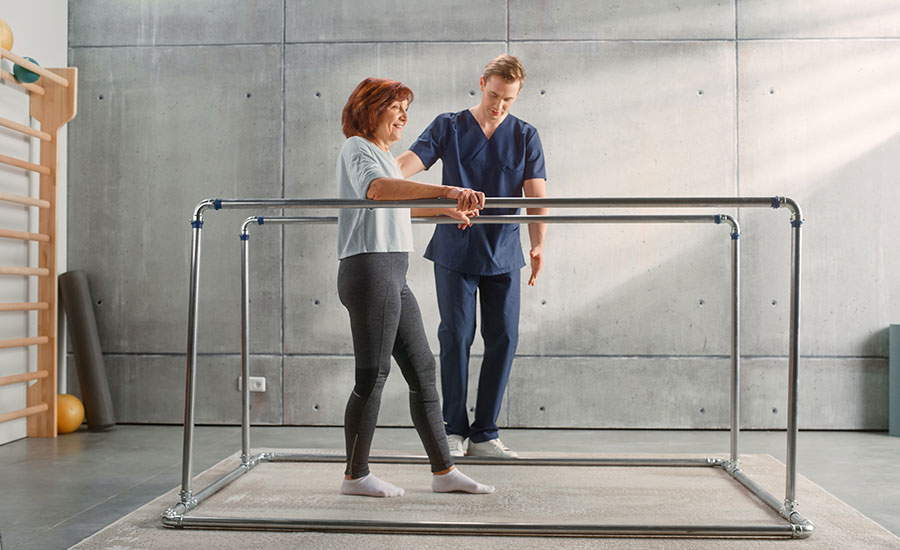
Sports Medicine and Injury Care at Academy Orthopaedics
At Academy Orthopaedics, our skilled sports medicine physicians treat a variety of conditions associated with sports and physical activities, including:
- Sprains and strains
- Fractures and dislocations
- Torn ligaments and tendons
- Rotator cuff injuries
- Tennis elbow and golfer’s elbow
- Meniscus tears
- ACL injuries
- Concussions and other head injuries
To diagnose these conditions, our specialists use:
- Physical examination
- Various imaging tests, such as X-rays, MRI, and CT scans
- Diagnostic injections
- Arthroscopy — a minimally invasive surgical procedure
At Academy Orthopaedics, our sports medicine physicians craft individualized care and treatment strategies, aligning with each patient’s specific needs. These plans may include surgical intervention or may solely rely on non-surgical approaches.
Sports Medicine Physicians at Academy Orthopaedics
When it comes to top-tier sports medicine providers in New Jersey, Academy Orthopaedics stands out as the premier choice.
Our team of sports medicine physicians and orthopedic surgeons offers all-encompassing care and treatments for a diverse array of sports injuries.
Meet our exceptional sports medicine specialists:
Dr. Anthony Festa – An orthopedic surgeon with expertise in sports medicine
Dr. Casey Pierce – An orthopedic surgeon skilled in sub-specialties of sports medicine and arthroscopy, focusing on the treatment of shoulder, elbow, hip, and knee disorders
Dr. Anthony J. Scillia – An orthopedic surgeon specializing in both adult and pediatric sports medicine
Dr. David Rodriguez – A sports medicine physician adept in adult and pediatric sports medicine, non-surgical orthopedics, ultrasound-guided procedures, and concussion management
Academy Orthopaedics’ highly rated, educator-level sports medicine specialists in NJ are committed to delivering comprehensive care with extraordinary results.
If you or your child are in pain from a sports injury, contact us today to set up an appointment.

